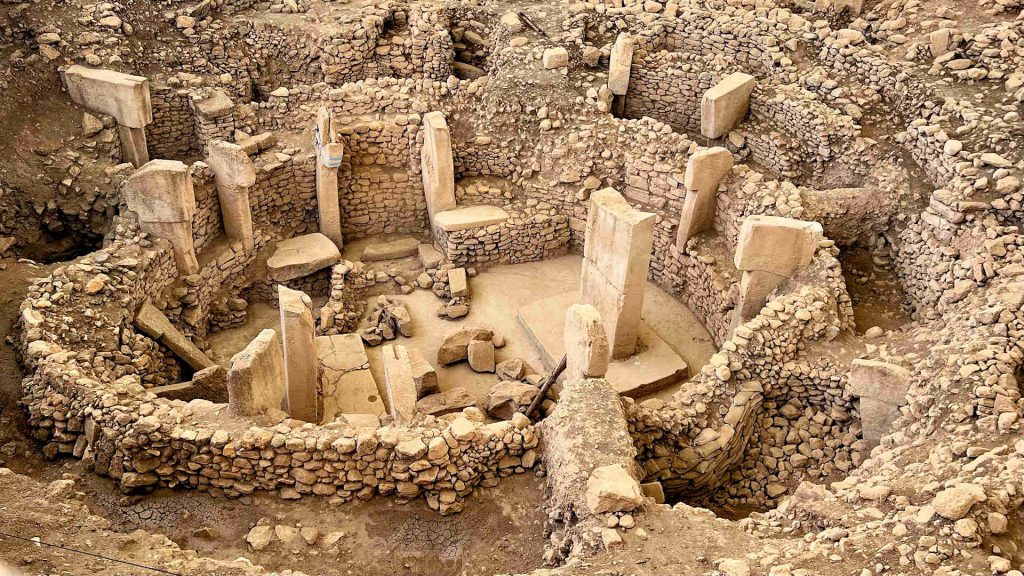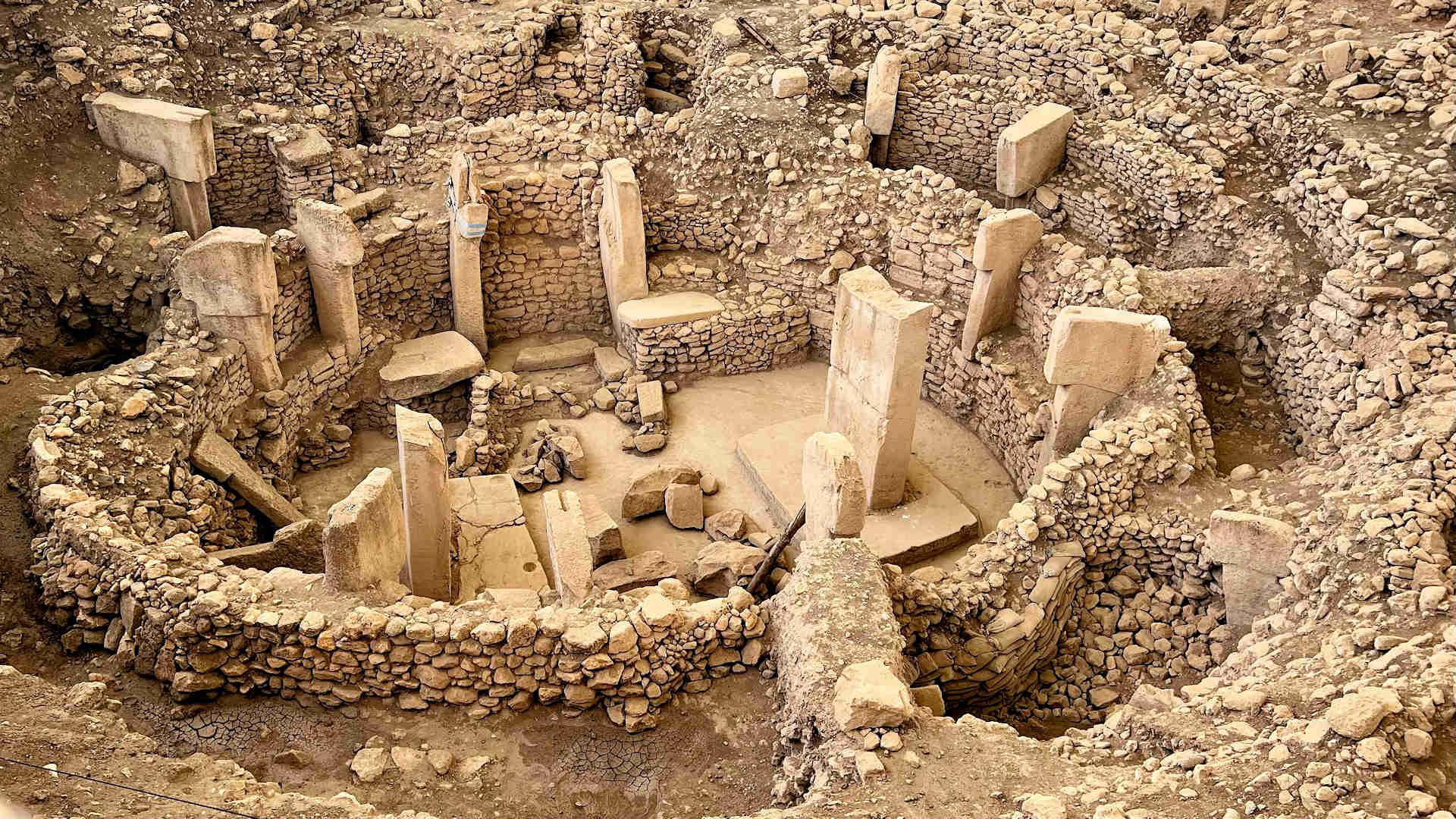
Göbekli Tepe is an ancient archaeological site located in the southeastern region of Turkey. It is considered to be one of the oldest and most significant temples in the world, with a history that dates back to the 9th millennium BCE.
The site was discovered in the 1960s by a local shepherd, but it was not until the 1990s that it began to receive significant attention from archaeologists. In the years since its discovery, Göbekli Tepe has garnered international recognition for its stunning architecture, sophisticated engineering, and religious significance.
Located on the top of a hill in the Anatolian plateau, Göbekli Tepe consists of a series of circular enclosures, each containing a number of T-shaped pillars. These pillars are carved with intricate designs and depict a variety of animals, including lions, foxes, and birds. The site also includes a number of smaller structures, including altars, benches, and stone basins.
One of the most striking features of Göbekli Tepe is its age. Radiocarbon dating has shown that the site was constructed around 9,000 BCE. This makes Göbekli Tepe one of the oldest known temples in the world, predating even the pyramids of Egypt by almost 6,000 years.
The purpose of Göbekli Tepe is not fully understood, but it is believed to have served as a place of worship or ritual for the ancient peoples who built it. The site is thought to have been used by a number of different cultures over the course of its history, including the Pre-Pottery Neolithic A (PPNA) and Pre-Pottery Neolithic B (PPNB) cultures.
The significance of Göbekli Tepe lies not only in its age, but also in its level of sophistication. The site is a testament to the advanced engineering and architectural skills of the ancient peoples who built it. The pillars at Göbekli Tepe are made of limestone and weigh up to 20 tons each, indicating a high level of technical expertise.
In addition to its architectural and engineering feats, Göbekli Tepe is also notable for its religious significance. The site is thought to have been used for a variety of religious rituals and ceremonies, and the pillars are believed to have played a central role in these rituals. The animal carvings on the pillars are thought to represent totems or deities, and the site may have served as a place of pilgrimage for ancient peoples.
Despite its importance, Göbekli Tepe has not always been well preserved. In the years following its discovery, the site was heavily damaged by looters and vandals. In the early 2000s, the Turkish government took steps to protect the site, and it is now a UNESCO World Heritage site.
Today, Göbekli Tepe is a popular tourist destination and a center of scientific research. Archaeologists continue to study the site, working to understand more about the ancient peoples who built it and the purpose of the temple. Göbekli Tepe is an important reminder of the rich history of the region and the advanced civilizations that existed there thousands of years ago.
In conclusion, Göbekli Tepe is an ancient archaeological site located in southeastern Turkey that is considered to be one of the oldest and most significant temples in the world. The site consists of a series of circular enclosures containing T-shaped pillars carved with intricate designs and depicting a variety of animals. Göbekli Tepe is notable for its age, sophistication, and religious significance, and continues to be a center of scientific research and a popular tourist destination.


